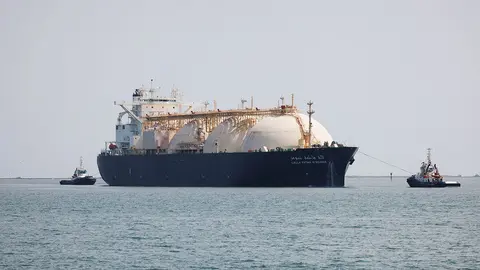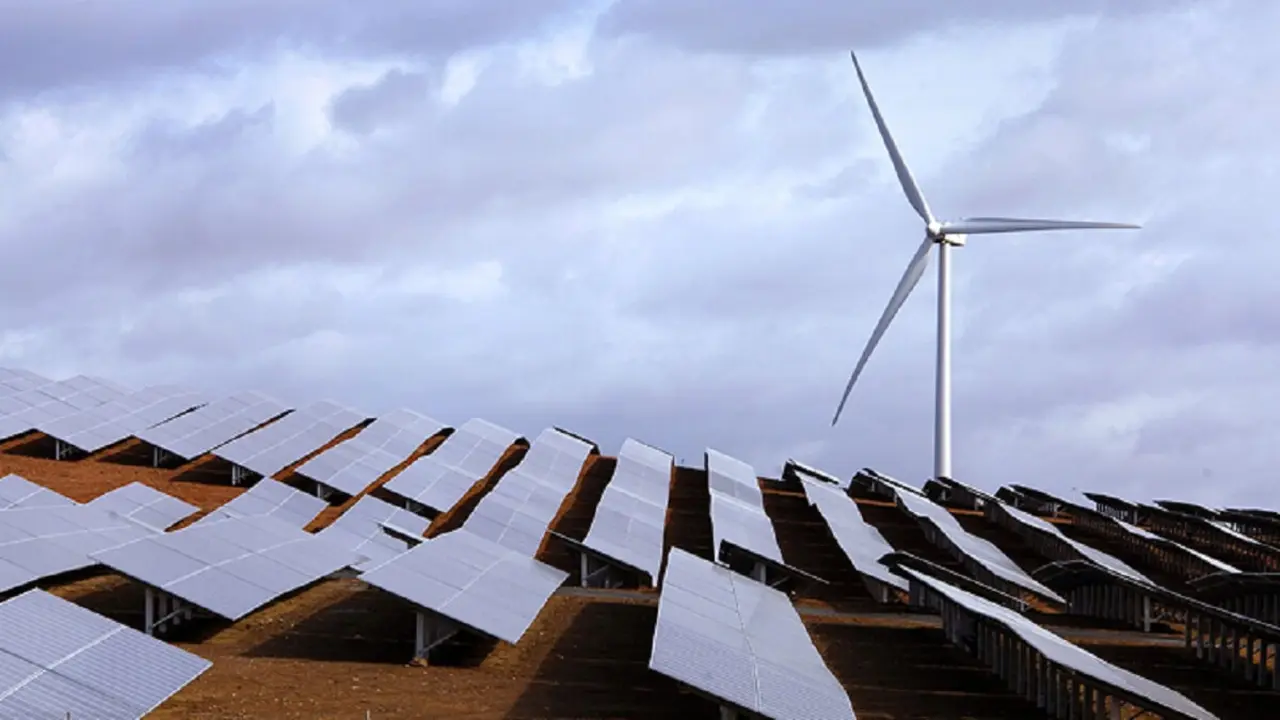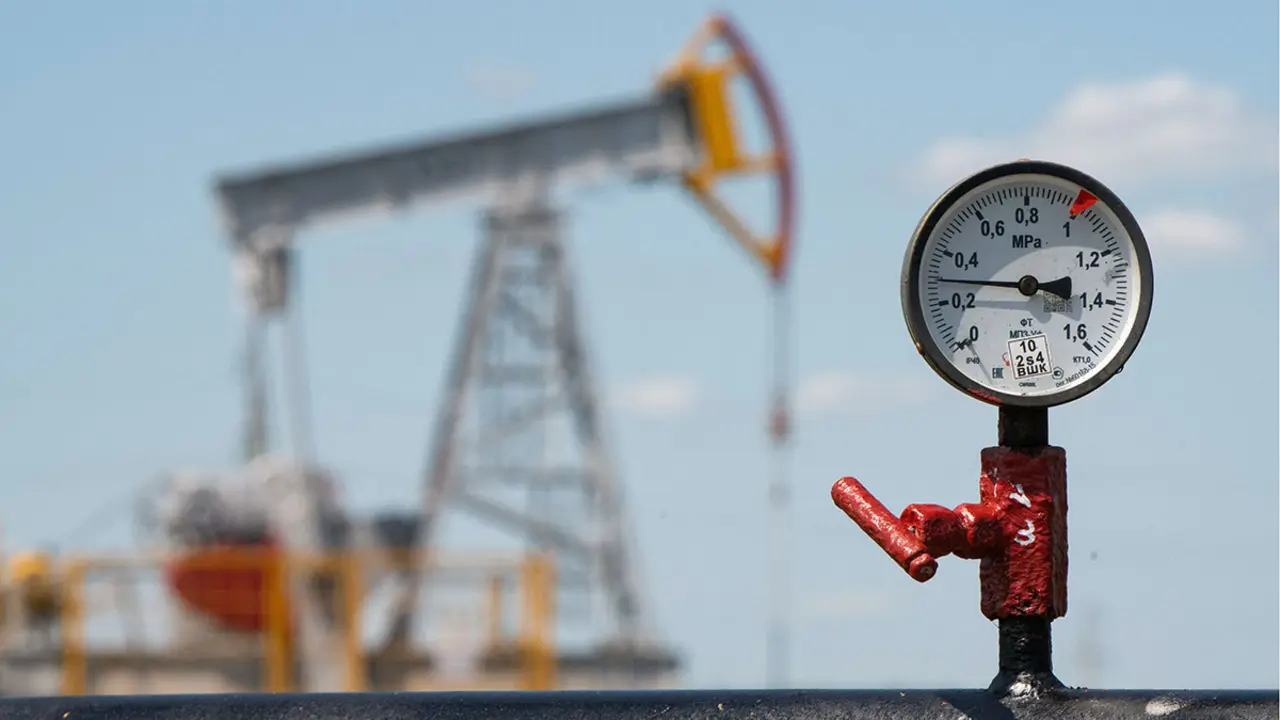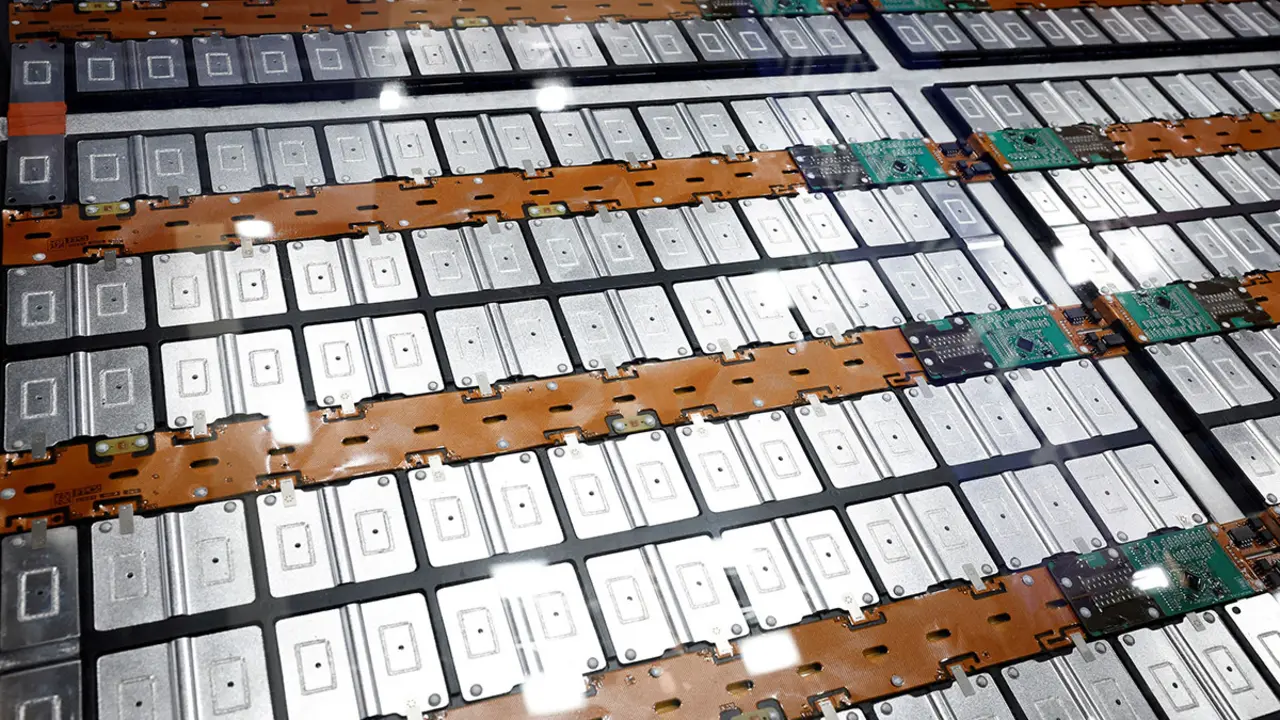Discovery of helium at Guercif opens new horizons for investment in Morocco
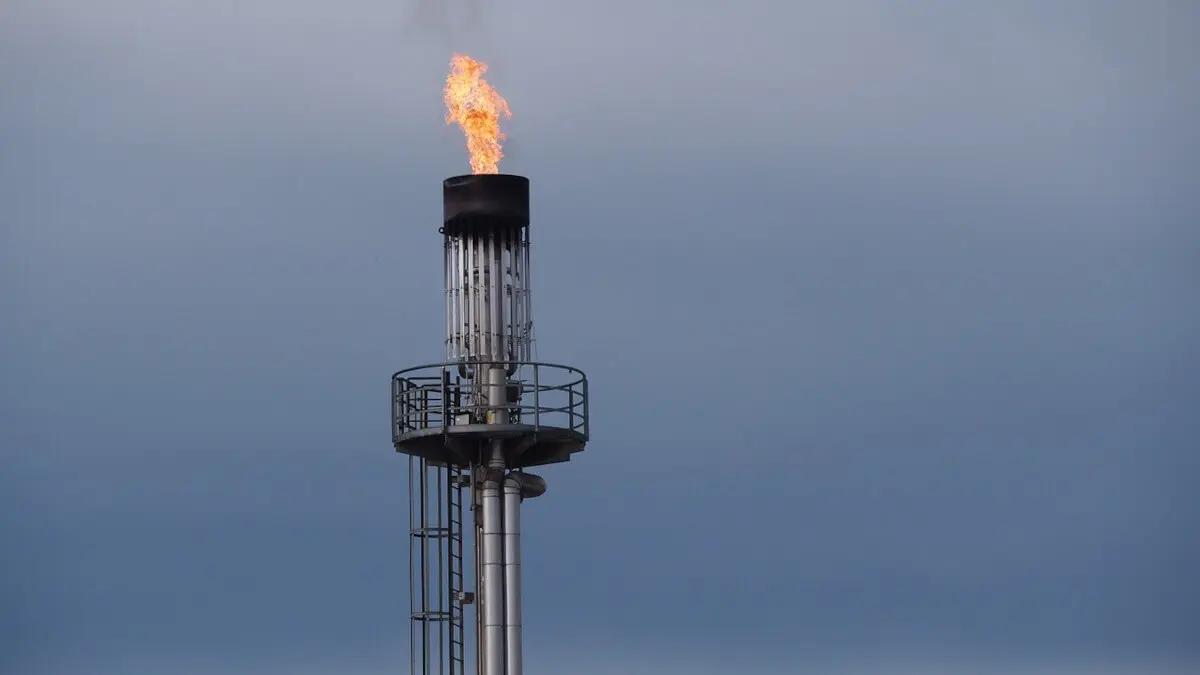
Last week, UK-based Predator Oil & Gas announced a possible helium gas discovery in its Guercif exploration area in northwest Morocco. According to a statement issued by the company, helium gas was detected in the MOU-5 well, which has caused great interest due to the strategic importance of helium in various industrial and scientific applications.
Helium, considered one of the valuable gases, is used in many fields, including advanced technology industries and scientific research, as well as being used as a heat transfer medium in some nuclear reactors. Its physical properties - inert, light, conductive and non-toxic - make it a valuable gas in these industries.
As such, this discovery could increase Morocco's potential in the field of energy and natural resources, opening up new horizons for investment and development in the Kingdom and the region.
The company explained that the geological model of the possible helium gas structure in the aforementioned well has been carried out by the specialised firm Scorpion Geoscience. The drilling of the MOU-5 well aims to assess the possibility of establishing a helium project as well as a gas-fired power generation project adjacent to the Maghreb-Europe gas pipeline.
However, the company has yet to announce a detailed assessment of the potential of this helium. Once completed, a decision on whether or not to exploit the field can be taken.

For the time being, as Medias24 recalls, exploration work previously carried out by Predator Oil & Gas has revealed four oil spaces that could contain resources estimated at around 1.5 billion cubic metres of gas.
If it is finally decided to exploit the helium field, it would be a significant development due to the importance of helium, a non-renewable gas that risks depletion in the coming decades if efficient alternatives are not developed. For this reason, several nations such as Canada and Australia have classified it as a ‘critical resource’.
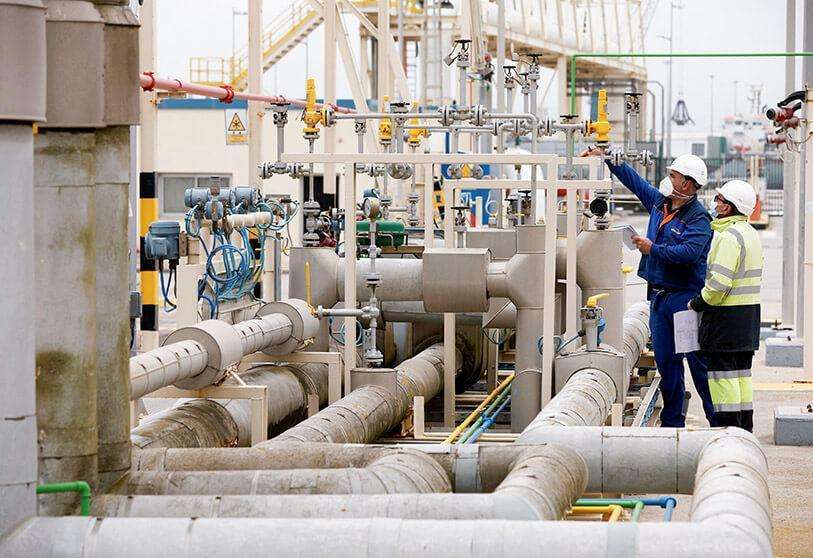
Globally, natural gas producing countries dominate the helium market. Qatar leads the way, followed by the United States and Algeria.
In terms of price, helium is much more expensive than natural gas, at around $14 per cubic metre in the United States and between $25 and $30 in Europe. The Old Continent, which is 99% dependent on imports to meet its demand, consumes 24 million cubic metres.


